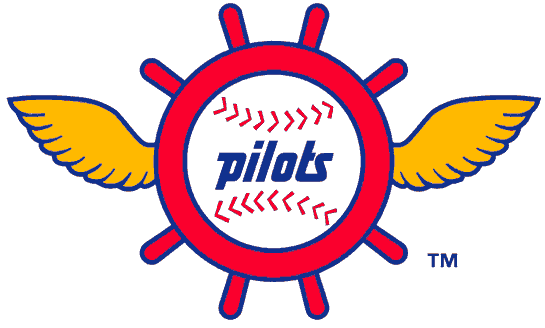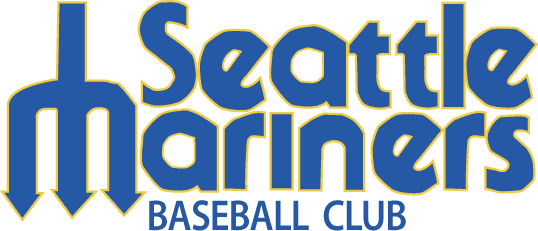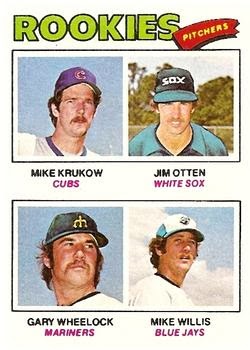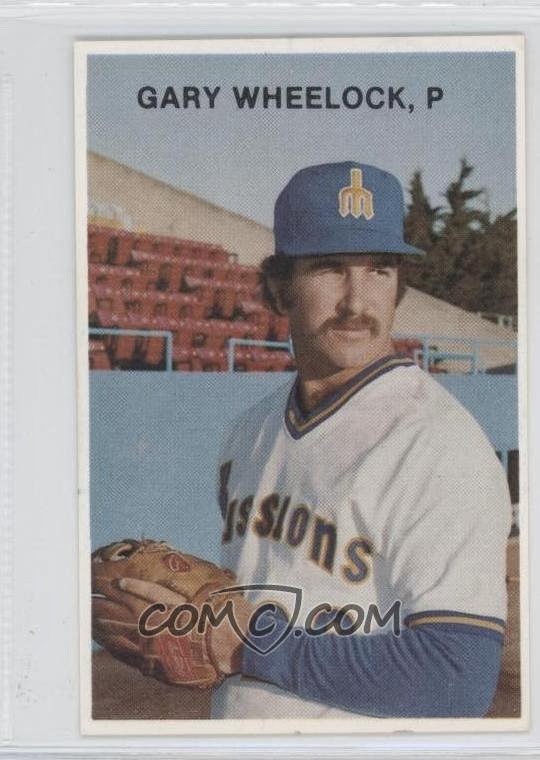 |
| courtesy of tradingcarddb |
 |
| courtesy of tradingcarddb |
Vada Pinson was a young kid when he was signed by the Cincinnati Redlegs in 1956. He went through the minors quickly with his final stop being the 1958 season with the AAA Seattle Rainiers. He would spend the next 17 seasons in the big leagues with five teams. After 11 seasons in Cincinnati, Vada spent a season in St. Louis, two years in Cleveland, two with the Angels, and his final two seasons with Kansas City in 1974 and '75. He signed with the Milwaukee Brewers for the 1976 season, but was released at the opening of the season. During his career he put up what could be considered Hall of Fame numbers. Vada had collected 2757 hits with a .286 average and had 256 HR's and 305 SB's.
Because of his consistent hitting during his career, new Mariners manager Darrell Johnson tabbed Vada as his hitting coach for the new team coming to Seattle. He would hold that coaching position until Johnson and his staff were let go during the 1980 season. While Maury Wills was the manager in Seattle, Vada would coach with the White Sox in 1981. When the Mariners named Rene Lachemann the manager in 1982, he would come back and coach first base for Rene until he and his staff were let go during the 1983 season. The Detroit Tigers and Sparky Anderson would have Vada coach for them from 1985 through 1991. When the new expansion Florida Marlins came into existence, their first manager was Rene Lachemann and he would have Vada on his staff again for the 1993 and 1994 seasons. He would coach on two different expansion teams at their inception. On October 21, 1995, Vada Pinson suffered a stroke and passed away. He was just 57 years old.












.jpg)






































